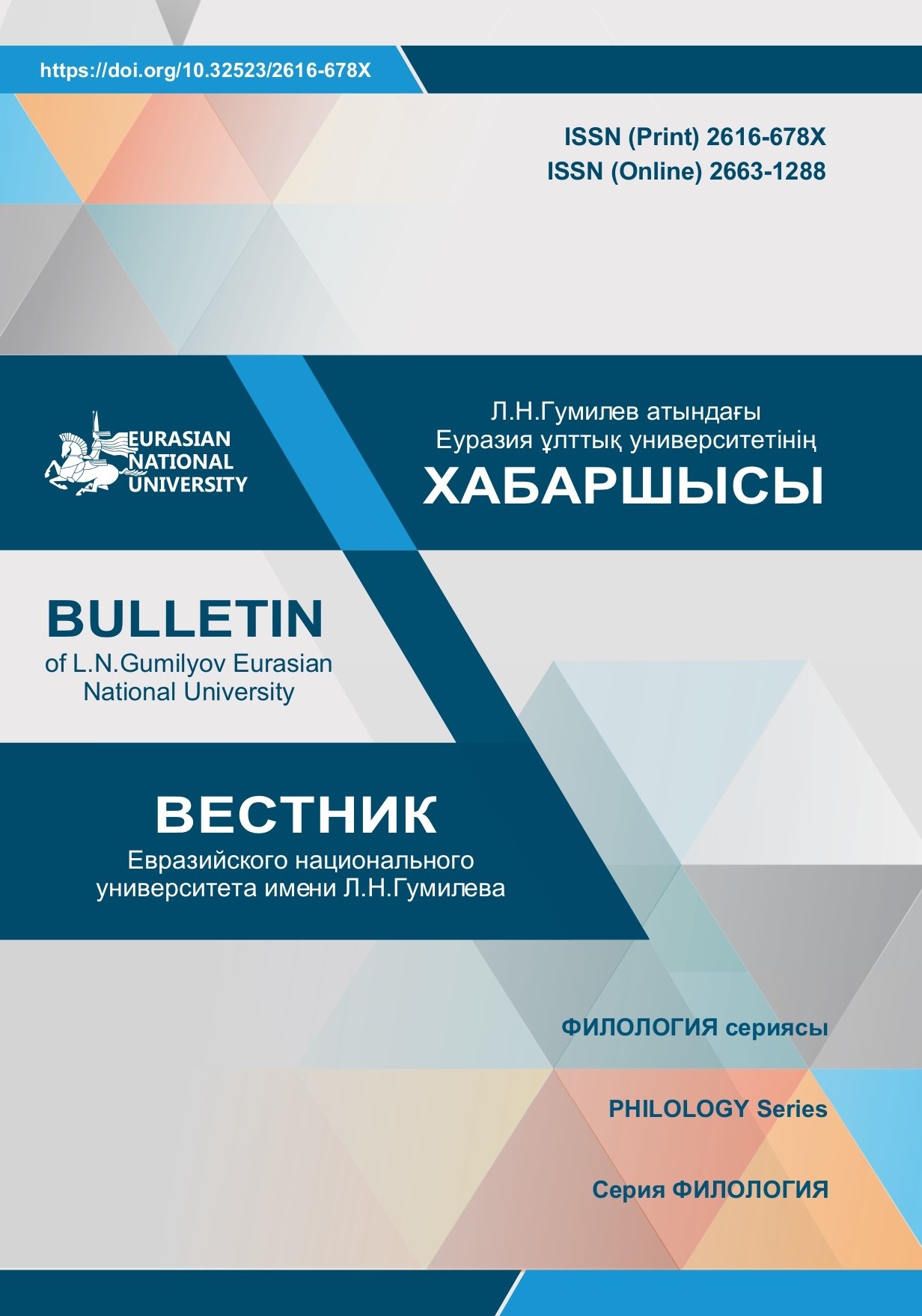Geographical and cartographic methods of toponymic research
Views: 354 / PDF downloads: 1118
DOI:
https://doi.org/10.32523/2616-678X-2022-139-2-100-111Keywords:
toponymy, geography, cartography, kozmolsher tusirim, schematic drawing, map language, toponymic cartographyAbstract
Toponymy is the names of objects of natural and man-made origin that are used in various spheres of society. Including those related to geography, cartography. The names of land and water objects on the map can represent the most important information as historical sources, therefore they must be considered not only geographically, but also reveal the significance as a historical document. There are various maps in the world, the simplest of which are previously schematic drawings taken by hand. Not without geographical objects and toponyms, all those generations of maps that have developed from those times to the present to the extent of creating databases and using GIS (geoinformation systems) technologies. Therefore, for toponymic data, maps are not new ancient, but have the ability to group the names of land and water by the time of their publication in historical epochs. Taking into account these problems, in the article, first of all, in accordance with the main purpose, attention was focused on the related fields of geography, cartography with toponymy, the place of geographical objects and toponyms on earth in the map content was determined. Documents from the archive were analyzed, namely toponyms and geographical terms found there according to the schematic drawing and protocols to it.
The main analyses were grouped within cartographic, geographical and linguistic methods according to the topic. Geographically, a description of the village border line was compiled, the names on the cartographic and schematic drawing and the names of the same settlement were compared, in linguistic, a transcription of the names filled in in Russian was compiled, the original identity was restored. In the course of the study, complex research methods were used using linguistic, geographical, cartographic and historical information on the map surface.







